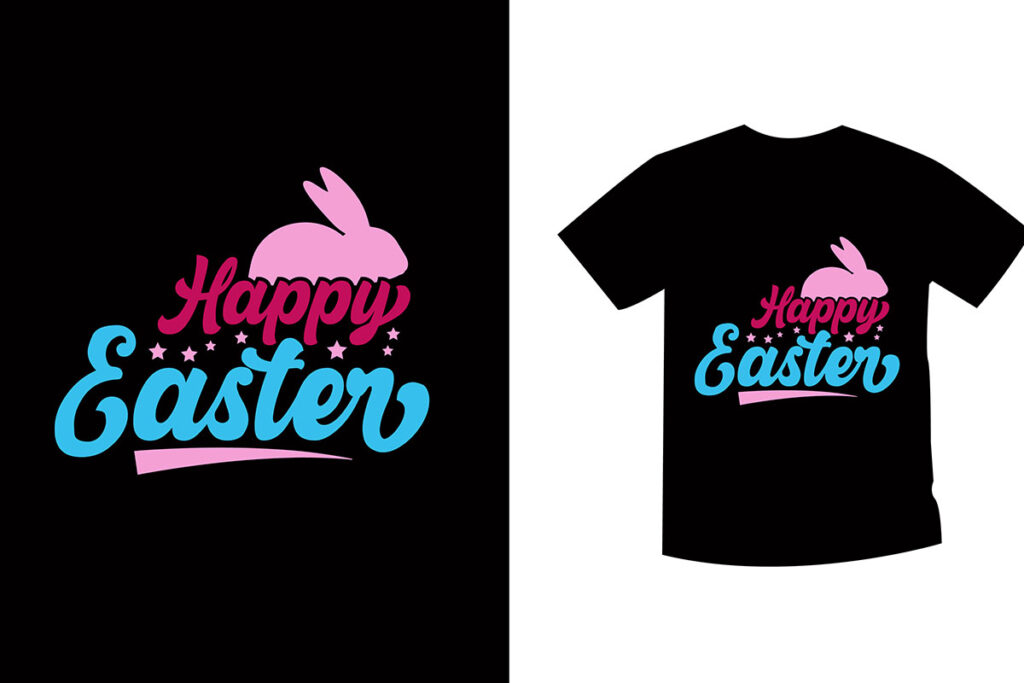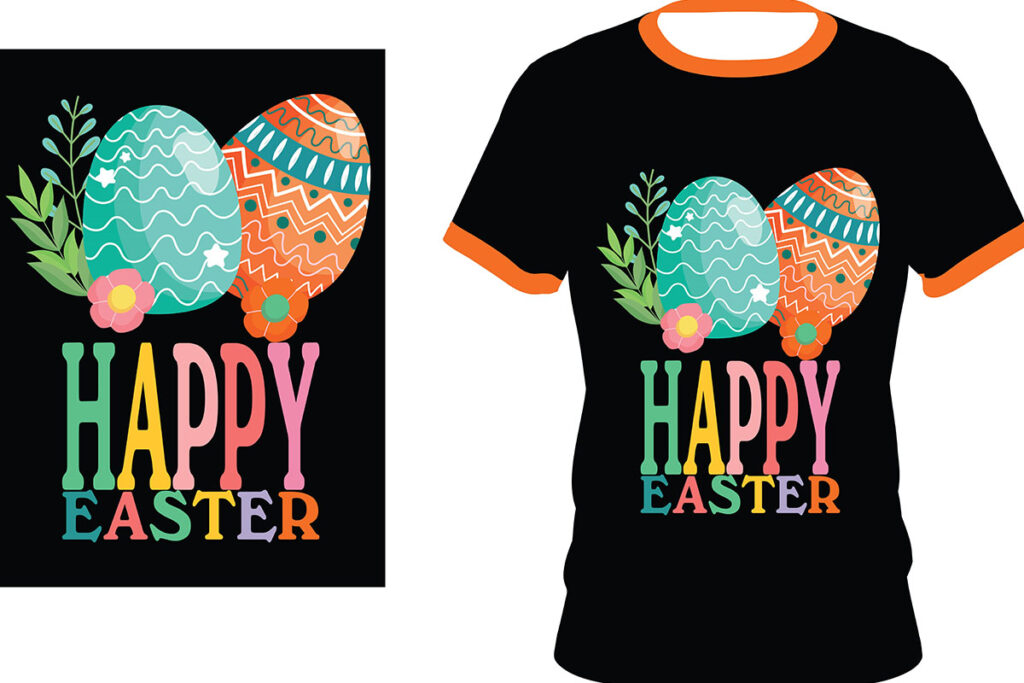DTF Transfers, or Direct to Film transfers, have become a game-changer in the custom apparel industry, revolutionizing how designs are created and applied to garments. This innovative printing technology allows for vivid, high-quality prints that adhere effectively to a variety of materials, including cotton and polyester. Businesses are increasingly turning to DTF printing for its versatility and cost-effectiveness, which are essential in meeting the growing consumer demand for customized apparel. As we dive deeper into the world of DTF transfers, you’ll discover how they provide not only detailed and vibrant designs but also durability that withstands the test of time. Join us as we explore the many benefits and trends surrounding this dynamic printing technique, positioning DTF as a leading choice in modern apparel printing.
Direct to Film printing, commonly referred to as DTF printing, is rapidly gaining traction among businesses involved in garment decoration and apparel customization. This advanced printing method utilizes film transfers to produce designs that are both meticulously detailed and colorful, offering a fresh alternative to traditional printing techniques, such as Direct to Garment (DTG) or screen printing. With its ability to produce high-quality prints on various fabrics and quick turnaround times, DTF printing is shaping the future of apparel printing and is becoming the preferred choice for entrepreneurs and established brands alike. As the demand for personalized clothing grows, businesses are increasingly recognizing the advantages of adopting this cutting-edge printing technology, thereby enhancing their offerings in the custom apparel space. Let’s explore how this innovative technique is transforming the landscape of clothing customization.
Understanding DTF Printing Technology
Direct to Film (DTF) printing is an innovative method revolutionizing the custom apparel industry. This technology entails printing designs onto a special film that enables heat transfer onto fabrics. By employing adjustable inkjet printers, DTF captures vibrant colors and intricate details, making it highly effective across a variety of materials. The versatility of DTF printing allows businesses to cater to a diverse range of consumers, seamlessly adapting to their unique requests for custom apparel.
Unlike traditional printing methods such as Direct to Garment (DTG) or screen printing, DTF printing excels with its compatibility across different fabric types including cotton, poly blends, and more. This characteristic not only enhances the aesthetic appeal of the prints but also ensures high fidelity in design rendering—an essential aspect in an increasingly competitive market demanding both quality and creativity.
Advantages of DTF Transfers in Custom Apparel
One of the most significant advantages of DTF transfers is their outstanding print quality. Businesses utilizing DTF technology can produce striking designs that stand out due to their vivid colors and exceptional detail. In a world where customization is key, being able to deliver high-definition designs that resonate with customers is invaluable. This quality assures that every piece of custom apparel not only serves its purpose but also establishes a brand’s distinct identity in the marketplace.
Another notable benefit is the cost-effectiveness associated with DTF printing. Lower initial investments and minimal operational costs make DTF an attractive option, particularly for small businesses and startups looking to enter the custom apparel space. This allows for lower prices on custom orders and the capability to work on smaller batch runs without excessive overhead, aligning perfectly with current trends of consumer preference toward personalization.
The Impact of E-Commerce on DTF Printing
With the surge of e-commerce, the custom apparel market has witnessed a rapid shift towards digital solutions. DTF transfers have emerged as an efficient printing technology that aligns well with the needs of online retailers. The ability to quickly fulfill small batch orders is vital in a landscape where consumer expectations for speed and personalization are at an all-time high. As online shopping continues to dominate, the demand for DTF printing solutions is inevitably increasing, providing retailers with the flexibility they need to meet diverse customer needs.
Moreover, e-commerce businesses leveraging DTF printing enjoy the ability to showcase high-quality custom designs without significant financial risk. This is particularly advantageous during peak seasons or trends where consumer enthusiasm for personalized apparel can spike, allowing businesses to capitalize on emerging opportunities swiftly.
Challenges Facing DTF Printing in the Market
Despite the myriad benefits of DTF printing, it faces significant challenges, especially from well-established methods like screen printing and sublimation. These traditional techniques have been the go-to options for many businesses, creating a competitive environment that necessitates DTF to continually innovate and improve its offerings. Companies must assess order volume, garment types, and desired quality levels when choosing a printing method, complicating DTF’s positioning in the market.
Furthermore, environmental sustainability has become a priority, urging DTF printing businesses to adopt eco-friendly practices to stay relevant in a market that increasingly values responsibility. Balancing the demand for high-quality prints with the need to minimize environmental impact is crucial for future growth and acceptance in the apparel industry.
Future Trends in DTF Printing Technology
The future of DTF printing looks promising as technological advancements continue to shape its trajectory. Experts predict that the integration of artificial intelligence and automation will not only enhance production efficiency but also streamline design processes. These innovations are expected to pave the way for easier access to high-quality printing technologies, enabling smaller businesses to compete on a larger scale within the custom apparel sector.
Furthermore, as the customization trend continues to rise, the demand for DTF printing is anticipated to grow. Companies that adopt these emerging technologies and embrace the possibilities of DTF printing will be well-positioned to cater to the evolving needs of consumers seeking quality and distinctive apparel, suggesting a bright future for the technique.
Conclusion: Embracing DTF Transfers for Custom Apparel Success
In conclusion, DTF transfers represent a significant advancement in the custom apparel printing landscape. Offering unparalleled quality and cost-effectiveness, this technology positions businesses to fulfil the growing demand for personalized clothing solutions. As advancements develop and consumer preferences evolve, brands that embrace DTF technology can expect not only to meet but exceed market expectations.
By prioritizing innovation and understanding the dynamics of the DTF printing process, companies can secure a competitive edge in the crowded custom apparel market. In a time where fast-paced service and high-quality output are paramount, DTF transfers will undoubtedly play a transformative role in how businesses approach garment printing in the future.
Frequently Asked Questions
What are DTF Transfers and how do they work in custom apparel?
DTF Transfers, or Direct to Film transfers, utilize a specialized printing technique that prints designs onto a film using inkjet printers. This film is then heat transferred onto fabrics like cotton and polyester. Known for their vibrant colors and high detail, DTF printing offers a versatile and efficient solution for custom apparel.
What are the benefits of using DTF printing for custom apparel production?
DTF printing provides numerous benefits for custom apparel businesses, including high print quality with intricate detail, cost-effectiveness in production and startup, and quick turnaround times. These advantages make DTF transfers an attractive option compared to traditional methods like DTG and screen printing.
How does DTF printing differ from Direct to Garment (DTG) printing?
Unlike Direct to Garment (DTG) printing, which is ideal for cotton fabrics, DTF printing excels across a wider range of materials, including polyester and blends. DTF transfers offer better durability and vibrant color quality, making them a favored choice for custom apparel.
What market trends are influencing the growth of DTF transfers in the custom apparel industry?
The growth of DTF transfers in the custom apparel market is driven by the increasing demand for personalized apparel solutions, advancements in printing technology, and the rise of e-commerce. Businesses are leveraging DTF technology for its economic viability and ability to manage smaller, custom order runs effectively.
What are the environmental considerations associated with DTF transfers?
As the demand for sustainable practices rises, businesses utilizing DTF transfers are exploring eco-friendly materials and inks. Balancing quality with environmental impact is essential as the custom apparel industry evolves towards greener practices in printing technology.
How does the future look for DTF printing technology in the custom apparel sector?
The future of DTF printing in the custom apparel sector appears promising, with industry experts predicting substantial growth. The integration of advanced technologies, including AI and automation, is set to enhance DTF production efficiency, making high-quality printing more accessible to businesses of all sizes.
| Aspect | Details |
|---|---|
| What is DTF Transfer? | A printing method where designs are transferred onto fabric using a special film and heat press, allowing for vibrant colors and high detail. |
| Key Features | 1. Vivid colors and detail, effective on various fabrics. 2. Durable prints that withstand multiple washes without fading or cracking. |
| Benefits of DTF Transfers | 1. High quality, intricate designs. 2. Cost-effectiveness with lower startup costs and minimal ink expenses. 3. Quick turnaround times, enabling fast production and shipping. |
| Market Trends | Growing demand for personalized apparel and e-commerce driving the adoption of DTF technology. |
| Challenges and Competition | Stiff competition from other printing methods; environmental concerns driving businesses to seek sustainable practices. |
| Industry Insights | Future growth is expected with advancements in technology, including AI and automation, improving DTF production efficiency. |
Summary
DTF transfers are rapidly transforming the custom apparel industry with their innovative approach to printing. This technology not only delivers high-quality, vibrant prints but also ensures cost-effectiveness and quick production times, making it a favored choice among businesses seeking to meet the demand for customized products. As the market trends indicate a growing inclination towards personalizing apparel, DTF technology stands out as a game-changer, opening doors for entrepreneurship and creativity in fashion.



